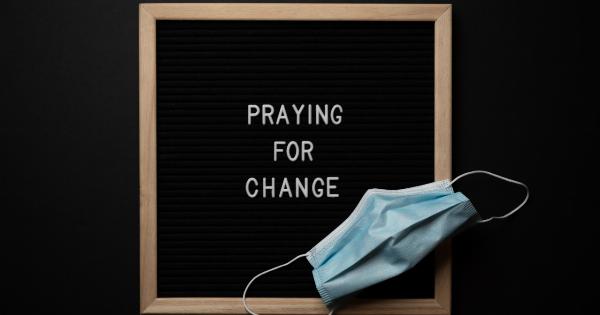There are two types of insurance policies in the market that protect us from financial loss in case of unexpected events – life and health insurance.
These policies have become common among individuals who prioritize their protection and that of their family and loved ones. However, before purchasing these policies, it is essential to understand the terms and conditions of each contract. This article offers a comprehensive guide to help individuals understand life and health protection contracts.
Life Insurance Contracts
Life insurance is a contract between the insurer and the policy buyer where the insurer agrees upon paying a lump sum amount to the policy buyer’s beneficiaries upon their demise. There are different types of life insurance policies. These include:.
Term Life Insurance
Term life insurance provides coverage for a specific period, usually between one to thirty years. If the policyholder passes away during this period, their beneficiaries receive the death benefit.
In case the policyholder survives the policy term, the coverage expires without accruing any cash value. Term life insurance is less expensive compared to other types of policies.
Whole Life Insurance
Whole life insurance offers lifetime coverage to the policyholder. These policies accrue cash value over time, and if the policyholder dies, their beneficiaries receive the death benefit as well as the cash value.
The premium for whole life insurance policies is higher compared to term life insurance policies, but the policies have a guaranteed death benefit, provided the premiums are paid on time.
Universal Life Insurance
Universal life insurance offers lifetime coverage to the policyholder and also accrues cash value over time. This policy offers more flexibility than a whole life insurance policy, which is a fixed-premium policy with guaranteed death benefits.
Universal life policyholders can increase their coverage and pay more premiums to increase the cash value. Insurers may also reduce the premiums using accumulated cash value from the policy. Universal life policies have varying interest rates and investment risks and require careful management by the policy buyers.
Health Insurance Contracts
Health insurance is a contract between the insurer and the policy buyer that provides coverage for medical expenses arising from illness or injury.
These policies cover a range of medical expenses, such as hospitalization, prescription drugs, outpatient care, and preventive care. There are three types of health insurance:.
Indemnity Health Insurance
Indemnity health insurance, also known as fee-for-service, offers the policy buyer the flexibility to choose their healthcare provider.
The policy buyer pays the healthcare provider directly, and the insurer reimburses the policy buyer for the medical expenses covered in their policy. However, indemnity health insurance policies have deductibles and out-of-pocket limits, and they do not include preventive care coverage.
Preferred Provider Health Insurance
Preferred provider health insurance allows the policy buyer to choose from healthcare providers in the insurer’s network. The policy buyer pays the healthcare providers a copayment for medical expenses covered by their policy.
Preferred provider health insurance policies include preventive care coverage and prescription drug coverage. However, if the policy buyer chooses healthcare providers outside the insurer’s network, they may incur additional expenses.
Health Maintenance Organization (HMO) Health Insurance
HMOs are contracted by insurers to provide healthcare services to policyholders. HMOs offer a range of healthcare services at a lower cost to the policy buyer, but the policy buyer must limit their healthcare providers to those within the HMO network.
HMOs have a limited referral system, and policyholders must have their primary care physician give a referral for specialist care. The HMO does not cover out-of-network healthcare services.
Conclusion
Life and health insurance policies provide protection against unexpected events that may lead to financial loss, such as death, illness, or injury. Understanding these policies’ terms and conditions is essential before purchasing them.
Policy buyers should compare the policies and their features to make informed decisions that suit their needs and budget.

























